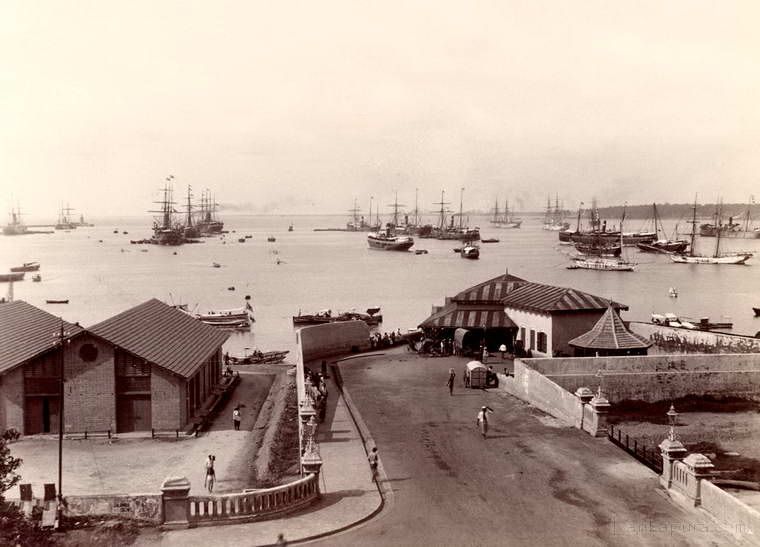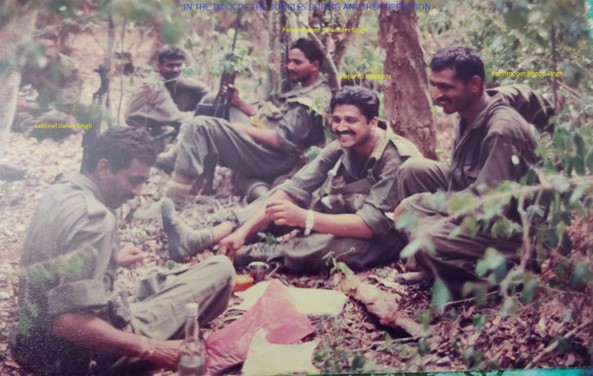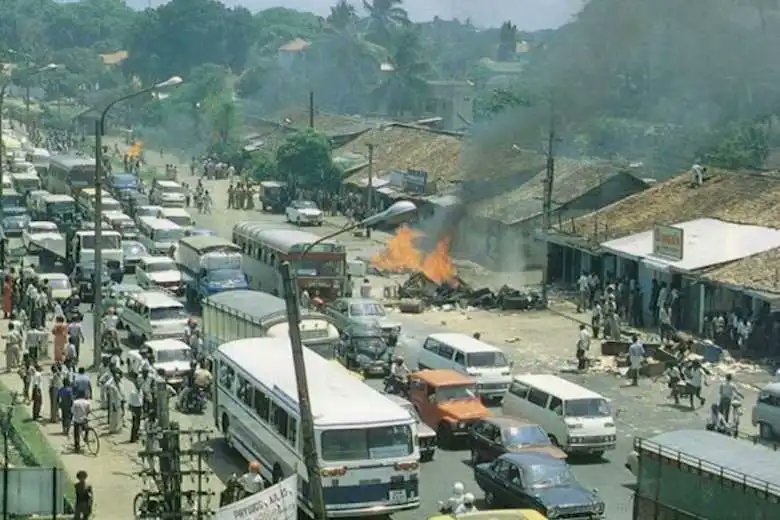As we reflect on #COVID19 and realize how difficult the pandemic has been, let's take a look back at a past #pandemic in 1918 and learn about the parallels between them and how both affected our island nation...
#Srilanka #History #GoHomeGota #EconomicCrisisLK #SriLankaCrisis
#Srilanka #History #GoHomeGota #EconomicCrisisLK #SriLankaCrisis

As many of you may know, Spanish flu is not actually from Spain. There are many theories on where it actually began but many claim the source was Camp Funston in Kansas, USA. There it spread via WW1 troops to Spain were the uncensored press reported on it for the first time. 

From there it spread across Europe into Russia and then into Asia. By June 1918, it was in India where it became know as 'Bombay Fever', killing 20 million people. By July, it had reached Colombo, coming from India by boat. Dock workers started showing signs of the disease. 

From there, it spread across the island. As ships sailing from India docked in Sri Lankan ports, Flu spread (hitting Trincomalee, Mannar, Colombo, and Jaffna) and then outward to the center of the island. The pandemic hit the hardest in October where possibly 20,000 people died. 

The spread continued into 1919, posing challenges to daily life. Many with poor standards of living were at significant risk.
"average school attendance fell off badly owing to the prevalence of influenza, and a considerable number of school had to be closed for weeks"
"average school attendance fell off badly owing to the prevalence of influenza, and a considerable number of school had to be closed for weeks"

Sri Lanka had not really experienced Influenza before as it was mainly a western disease. Many had not heard of it before...
In Jaffna, many simply referred to the disease "நவீனசுரம்" literally meaning, "new fever" since no word for it existed in the Tamil language at the time.
In Jaffna, many simply referred to the disease "நவீனசுரம்" literally meaning, "new fever" since no word for it existed in the Tamil language at the time.

By the end of 1919, the pandemic began to die down. Even through other waves hit, they were much more mild. The pandemic was virtually over. However, the cost was heavy, leading to a possible 300K population loss (includes potential population from unborn children). 

Current estimates place the death toll between 20-50K but since civil registration had not completely developed and the lack of knowledge of the disease the death toll was probably higher. At least a quarter of the population was probably infected with it. 

Looking back, we see how a nation often isolated from the world stage became infected with a global disease. It spread across cultures, religions, languages and ethnicities. As we begin to close the chapter on another pandemic, it's time to use this history to stop the next one. 

Bonus: I'm sure many of you now want to know, 'Did I have an ancestor who died in the 1918 Influenza Epidemic?'
The answer to that is YES! If you suspect you have an ancestor who may have died, check out the death records from familysearch.org (available for FREE)
The answer to that is YES! If you suspect you have an ancestor who may have died, check out the death records from familysearch.org (available for FREE)

Check out these sources for further reading!
core.ac.uk/download/pdf/1… onlinelibrary.wiley.com/doi/epdf/10.11…
archive.org/details/dli.gr…
Also, SHARE this thread so people learn about this!
core.ac.uk/download/pdf/1… onlinelibrary.wiley.com/doi/epdf/10.11…
archive.org/details/dli.gr…
Also, SHARE this thread so people learn about this!
• • •
Missing some Tweet in this thread? You can try to
force a refresh




























